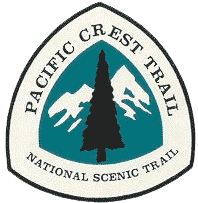Lassen Peak, Lassen Volcanic National Park, Mount Lassen
Lassen Books
The Lassen Volcanic National Park is visited by more than 350,000 people every year. Incorporating more than 150 miles of hiking trails, it is visited by people looking to hike or backpack during the summers. Popular winter activities include snowshoeing and backcountry skiing. As the second-tallest volcano in Northern California, trailing only Mount Shasta, Lassen Peak is frequently visited by climbers and hikers from around the world. The summit opens for use most years near the end of June, remaining in use until snow falls in October or November.
The mountain’s summit trail can be accessed from a parking lot on the northern side of the California State Route 89. The Lassen Peak Trail, which starts from this parking area, runs for 2 ½ miles with switchback turns, a round-trip hike 5 mi in length that ascends approximately 2,000 feet from the trailhead at 8,500 feet to the summit at 10,457 feet. From the northeast summit, Lassen’s 1915 mudflow and Prospect Peak are visible; the northwestern summit offers views of Lassen’s two bowl-shaped craters and Mount Shasta, 80 miles to the north. The southern entrance to the park area has a winter sports area where visitors can ski, snowshoe, and within the Lassen National Forest, visitors can also bicycle, go boating, or use snowmobiles.
see also –
Lassen National Forest Map
Lassen Forest Atlas
Lassen Park Map
Ishi Wilderness Map

















